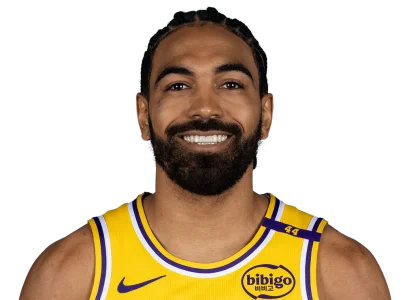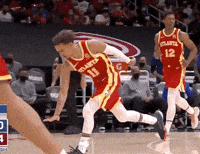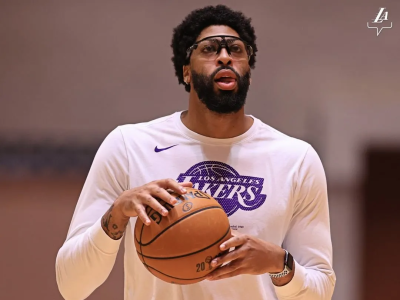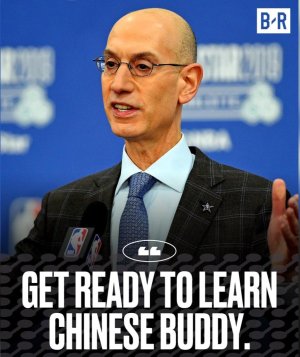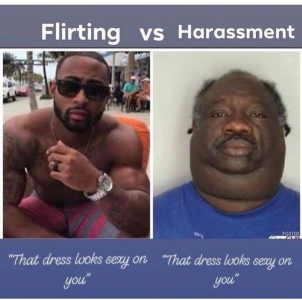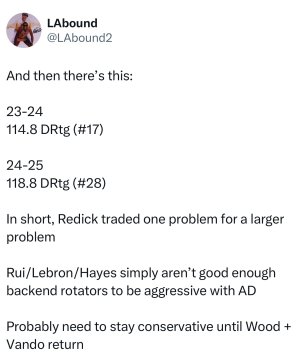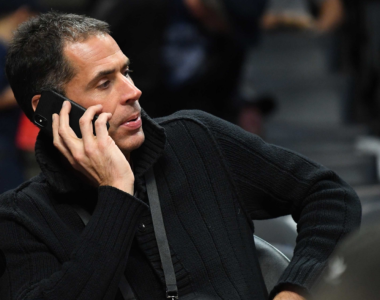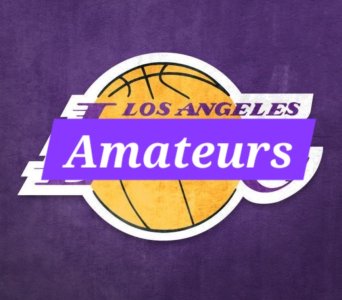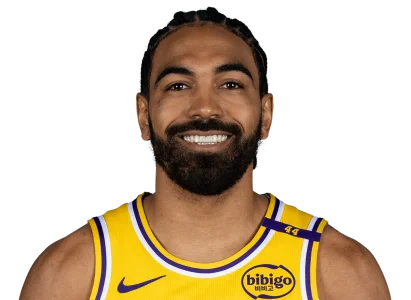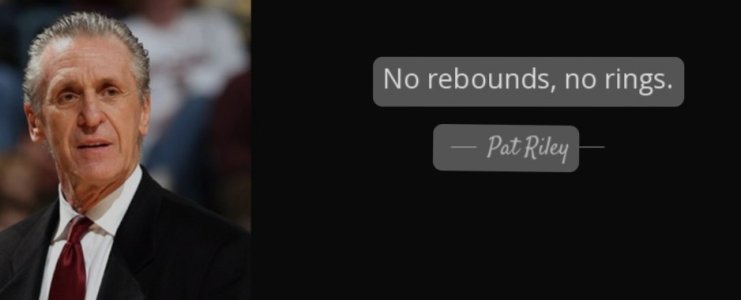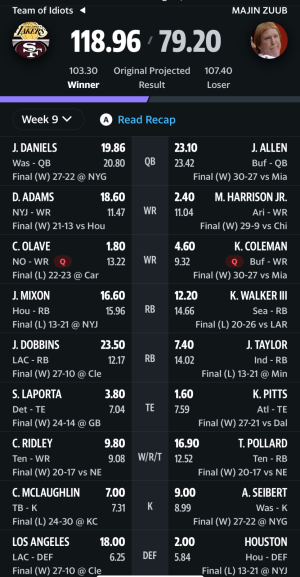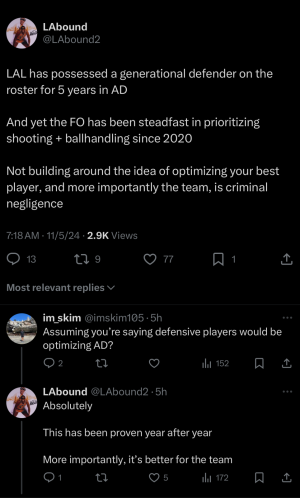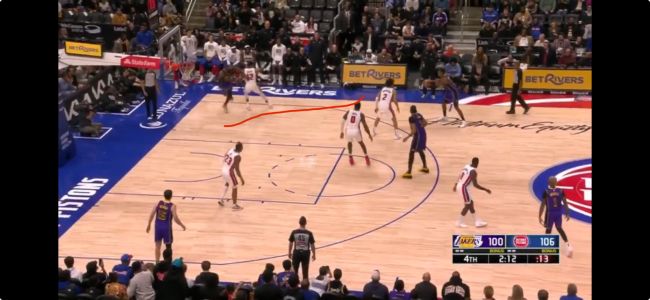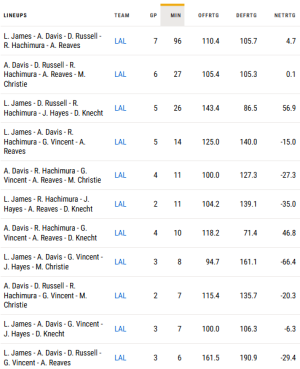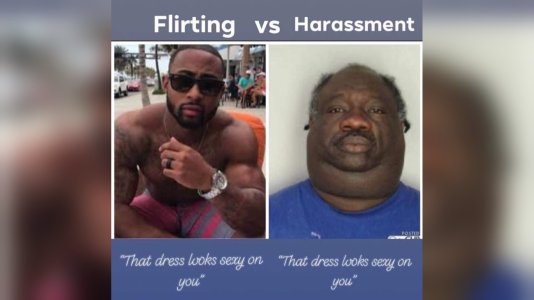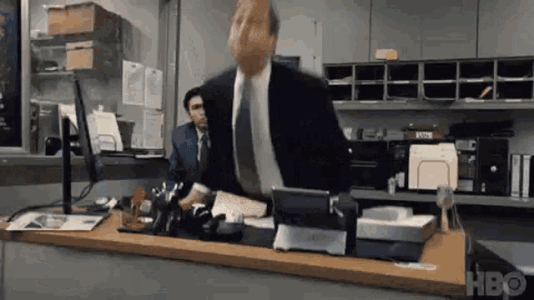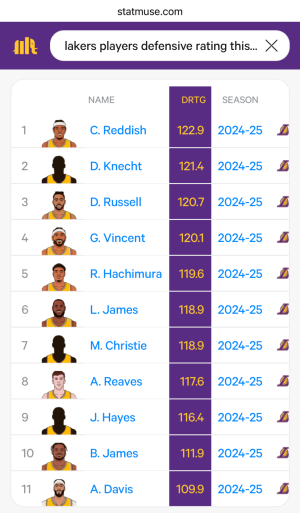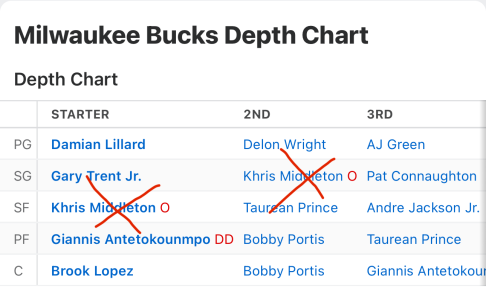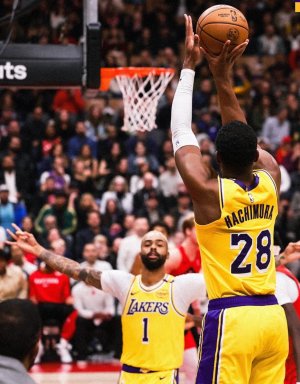Why Christian Wood is a gamble Lakers are confident will pay off
With training camp less than a month away, the Los Angeles Lakers finally addressed their most important remaining need, agreeing to terms with free-agent center Christian Wood.
Wood, who played with the Dallas Mavericks last season, is signing a two-year deal for the veteran’s minimum (approximately $5.7 million in total) with a player option in the second season, according to team sources not authorized to speak publicly on the matter. He’s the Lakers’ 14th player and third center.
Once it was clear Wood might be available for the minimum, he became the Lakers’ top target for their third big spot. Over the past couple of months, Wood had been weighing the fallout of potential Damian Lillard and James Harden trades, including the possibility that he’d find a situation with a greater role and/or a salary above the minimum, according to league sources. But with Lillard still in Portland and Harden still in Philadelphia, it was time for Wood to make a decision. He chose the Lakers.
There’s no questioning Wood’s talent or offensive skill. He was the best big man available by a solid margin and should bolster the offense with his multi-faceted scoring and 3-point shooting.
The soon-to-be-28-year-old center has averaged 16.8 points, 8.2 rebounds and 1.0 blocks per game over the past four seasons, which included stints with the Mavericks, Houston Rockets and Detroit Pistons. Last season, he averaged 16.6 points, 7.3 rebounds and 1.1 blocks in 25.9 minutes per game in Dallas. He’s especially useful as a floor-spacer, as he’s a career 37.9 percent 3-point shooter who has made more than 36 percent of those shots in five of his seven NBA seasons.
The early expectation is that Wood will come off the bench with Rui Hachimura the likely frontcourt starter next to LeBron James and Anthony Davis, according to team sources. At a minimum, Wood will be the primary backup center behind Davis while occasionally teaming with him in two-big lineups. He should average around 20 minutes per game when everyone is healthy.
The challenge with starting Wood is the same that arises for any potential Lakers two-big lineup: it forces Davis and James to slide down to power forward and small forward, positions they’ve each phased out of as they’ve aged.
Davis played 100 percent of his minutes at center last season and 76 percent of his minutes there the season prior. James played 99 percent of his minutes at either power forward or center last season. Using James as a small forward, which was more common earlier in his Lakers tenure, means he must defend apex predator wings like Jayson Tatum, Kevin Durant and Kawhi Leonard. That’s unreasonable for a soon-to-be-39-year-old in Year 21.
Wood’s arrival also crowds an already crowded frontcourt. There are only 144 frontcourt minutes available for Davis, James, Hachimura, Wood, Jarred Vanderbilt, Jaxson Hayes and Taurean Prince, and that’s before factoring in smaller lineups that would involve Austin Reaves or Max Christie sliding up to play small forward. Hayes, signed to a minimum contract at the start of free agency, should move back to a more appropriate role as a third-string center who likely doesn’t play every night. Vanderbilt, the primary starter last regular season, also will see his minutes decline.
Wood’s greatest value to the Lakers may be as insurance for injuries in the regular season. When Davis misses time, which is seemingly inevitable, Wood can step in and assume a greater offensive role. (The same applies to when James misses time, though Wood’s game is much closer to Davis’.) Wood can assume 20-plus percent usage and produce 20-point, 10-rebound performances. Remember some of those gaudy Thomas Bryant stat lines from last season when Davis was injured? Wood can replicate that and more.
Wood is one of the league’s more skilled scoring bigs. He’s a weapon as a catch-and-shoot and pick-and-pop threat. He shot 41.8 percent on catch-and-shoot 3s last season, an elite mark for any player, and especially for a center.
His shooting ability makes him a natural pick-and-roll partner in two-man actions with James, Reaves, Russell and Gabe Vincent. The Lakers haven’t had a big with this type of shooting proficiency in years. With a properly spaced floor, Wood can feast against defenders sagging off of him.
Wood is smart about relocating into open space away from the action. He’ll set a screen, pretend to roll or wait a beat near the free-throw line, then dart beyond the arc. His release is quick enough that unfocused help defenders, like Houston Rockets big man Jabari Smith Jr. on this possession, can’t recover in enough time.
Though the Lakers will likely give Wood the occasional post-up or isolation, his primary use should be as a spot-up shooter and pick-and-pop option.
Nonetheless, Wood is capable of breaking out of the stretch-big mold, flashing skills rarely seen from players his size. In this video, Wood takes a rebound coast to coast, realizes he has a considerable size advantage over then-Clippers guard Luke Kennard and spins into the easy fadeaway jumper before the defense can converge.
Of course, there are reasons a player as talented as Wood was available for a minimum deal a week into September. He’s played on seven teams in seven seasons, and Houston is the only team for which he’s played multiple seasons. Each situation soured quickly, with Wood losing minutes throughout the season for reasons that had little to do with his offensive production. He’s limited defensively and has a questionable locker-room reputation.
Wood’s defensive focus and effort can wane. He is mistake-prone, which is a problem for a team with title aspirations. In the clip below, Wood miscalculates where he’s supposed to be in his defensive coverage against a Damian Lillard-Jusuf Nurkić pick-and-roll. He goes to the left when he should be going right, a miscue that leads to an uncontested Lillard 3-pointer.
Though his negative reputation precedes him, Wood isn’t the turnstile many presume him to be. He’s a minus, to be sure, but his physical tools help prop him up closer to average. Wood’s 6-foot-10 frame and 7-foot-3 wingspan allow him to cover up for his limitations with lateral quickness and decision-making. He’s more effective at switching pick-and-rolls than dropping back, which may cause the Lakers to tweak their usual scheme when he’s on the floor. He’s never played in a frontcourt with defenders like Davis, Vanderbilt, James and Hachimura — the latter two are more than capable defensively when engaged.
Watch as he contains a post-up by Sacramento Kings All-Star Domantas Sabonis by keeping his right arm up, staying big and using his massive frame.
His 60.0 field-goal percentage allowed at the rim isn’t elite, but it puts him in a similar range to Evan Mobley and Robert Williams III, who have strong rim-protection reputations. Wood is active around the rim and solid at contesting shots. He’s also a good defensive rebounder.
Signing Wood means the Lakers passed on Bismack Biyombo — a much better defender, locker-room presence and hard-nosed, enforcer-type — and the possibility of adding two-way center Colin Castleton to the roster. But they had to either give up shooting or rim protection when deciding how to fill this 14th roster spot. The Lakers punted on the latter.
There are legitimate reasons to be skeptical of the Wood signing. The Lakers are aware of the negative leaguewide perception of Wood. Several other teams have been intrigued by his tantalizing potential, only to be disappointed once he arrived.
But the Lakers also are confident they can change Wood. With head coach Darvin Ham, James and Davis setting the tone and culture, the Lakers are optimistic that Wood will buy into the team in a way he’s never fully bought into his previous stops. They think they have the personnel on both ends to maximize his skills on the court. He played with Davis in New Orleans and briefly with Ham when the latter was an assistant coach for the Bucks, for whatever that’s worth. He also immediately tweeted his longstanding desire to play for the Lakers after his signing was announced.
Many of the Lakers’ recent gambles on players the rest of the league discarded have panned out. The likes of Malik Monk, Dennis Schröder, Dwight Howard and even Stanley Johnson come to mind as talented players at various points of their careers who needed opportunities to rehab their image. That is certainly a potential outcome with Wood.
But the Lakers don’t need to look too far back in the recent past to see another gamble that famously flamed out in Russell Westbrook. He never fully embraced his projected role or the Lakers’ culture. He’s not an exact comparison for Wood — Westbrook had an albatross contract and was more adversarial — but it’s an example of how the Wood signing could go awry.
Perhaps the Lakers are the right situation for Wood, though. The Lakers Bump is real. There is a greater spotlight and more attention for role guys who play well. After not finding the multi-year deal that he coveted, Wood has a purple-and-golden opportunity to rehab his perception and value.
The best version of Wood elevates the Lakers, keeping them afloat when Davis is out and adding much-needed shooting and spacing to their frontcourt. This is the best team Wood has played for, a situation that will likely result in his first playoff minutes. If he plays well and the Lakers win — if not a championship, at least enough to have another competitive playoff run — he almost certainly cashes out next summer. This isn’t his last chance, per se, but a flameout with the Lakers would be a significant blow to his career.
The Wood signing, while not without risk, makes the Lakers better. It cements a successful offseason for the Lakers in which they extended Davis; re-signed Reaves, Hachimura and Russell; added Vincent, Prince and Wood to their rotation in free agency; and took cheap fliers on reclamation projects in Hayes and Cam Reddish. On paper, this is undoubtedly a better roster than the one that made the Western Conference finals last season. Wood has the potential to be one of the better value signings of the offseason.
This Lakers regime has taken several notable gambles in recent seasons. It is aware of the stakes and is betting on Wood’s immense upside.






